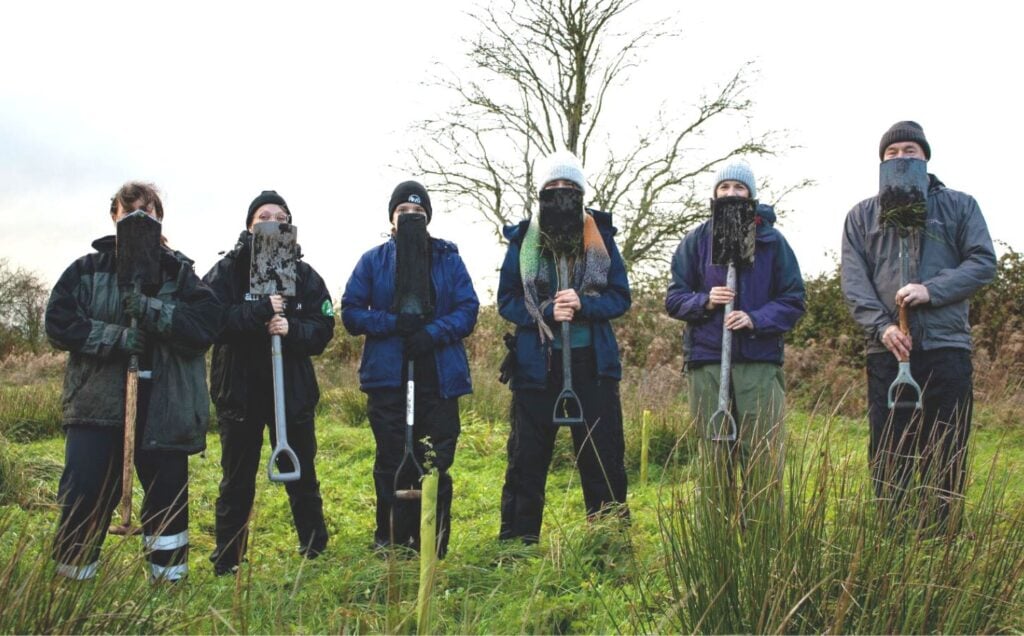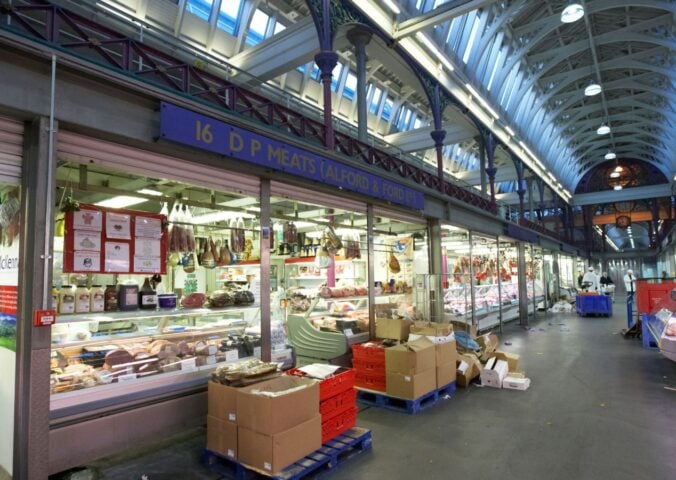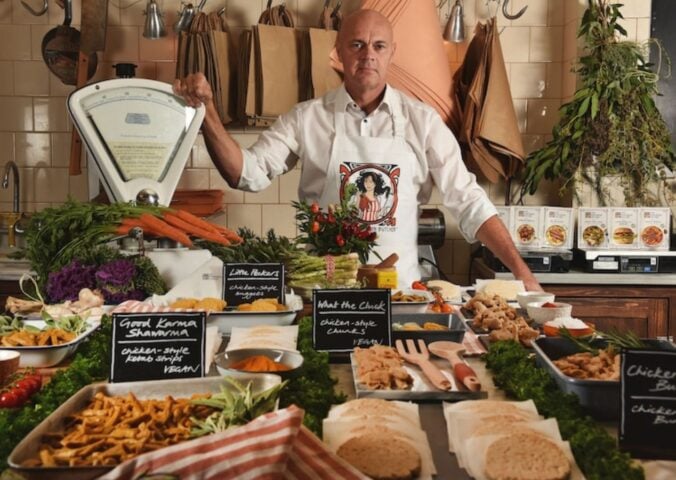Back in 2020, a group of vegans embarked on an unprecedented approach to activism. They called it the Vegan Land Movement (VLM), and it could well prove part of the answer to solving the environmental and ethical catastrophe that is animal farming.
The UK-based movement sees funds raised from donors used to buy up agricultural land used for livestock. The group then rewilds the land, allowing plants and nature to flourish there once more.
Land use in animal farming is arguably one of the most pressing environmental issues we face. At least 26 percent of the world’s ice-free land is used for livestock farming, while 33 percent of croplands grow grain to feed them.
As a result of this, animal agriculture is a leading cause of deforestation and biodiversity loss. The problem is particularly pronounced in the UK, which has lost half of its biodiversity since the 1970s. The country used to be made up of vast forests, rather than empty green fields, but now 71 percent of the land is used for agriculture.
A study published in 2020 said that the UK has “led the world” in destroying the natural environment. Campaigners have warned that a move away from animal agriculture, as well as rewilding of that land, is essential to avoid climate breakdown.
The Vegan Land Movement
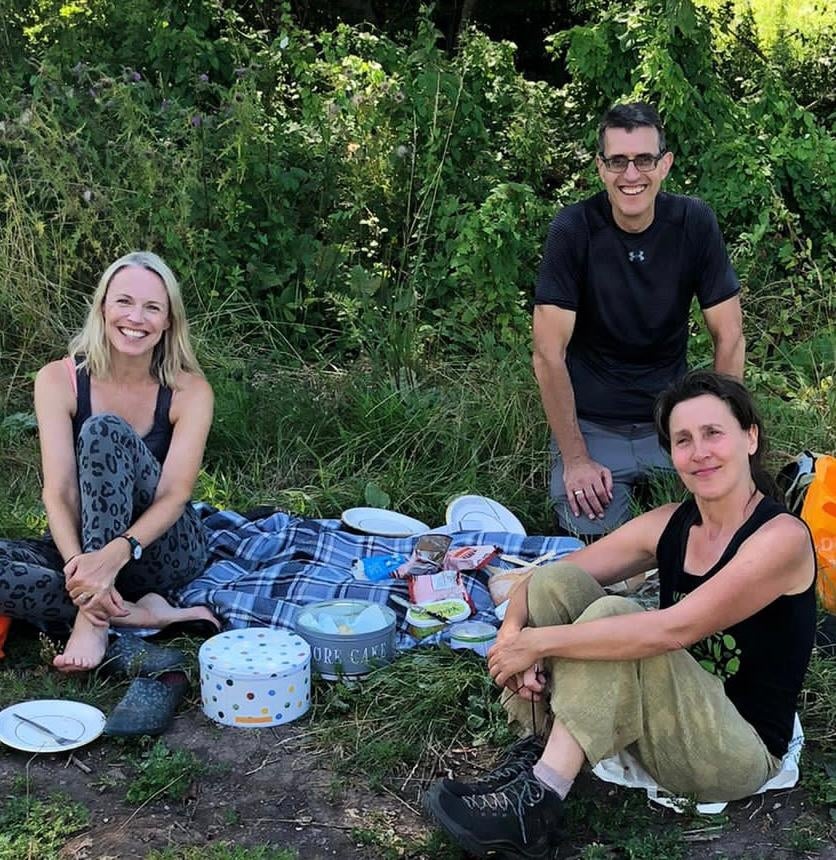
This is where the VLM comes in. It was started up by Gina Bates, Sara Eloquin, and Kevin Greenhill, and has so far removed five plots of land from animal farming in Somerset. One of these areas had planning permission for a farm housing 20,000 chickens, which the movement then halted. “This was the biggest win for us,” Bates tells Plant Based News (PBN). “Because of the suffering that has been stopped, along with the subsequent pollution.”
The group are now in the process of rewilding the plots, and have planted 1,000 native saplings to help kickstart a future native woodland. They are also planning to turn a small patch of the land previously destined for chicken farming into veganic community orchard.
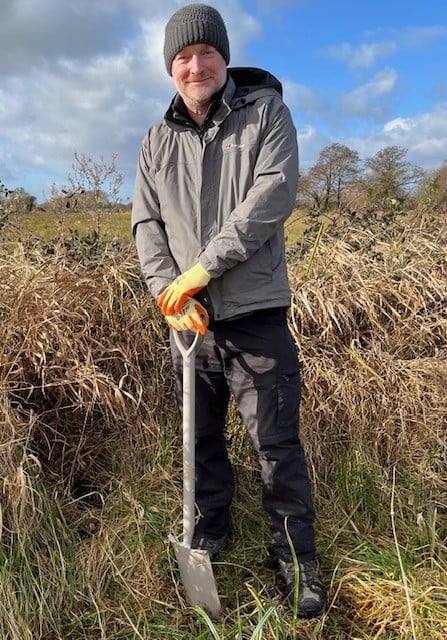
Bates says that they’ve been “overjoyed” by the results of their work so far, and have seen huge amounts of wildlife returning to the fields.
“We were very sensitive in monitoring the sites, as so much biodiversity had returned,” Bates says. “There were hundreds if not thousands of other species that were out of sight, hiding, nocturnal or too small to see with the naked eye.”
See the gallery below for photos of wildlife that has returned to VLM’s fields
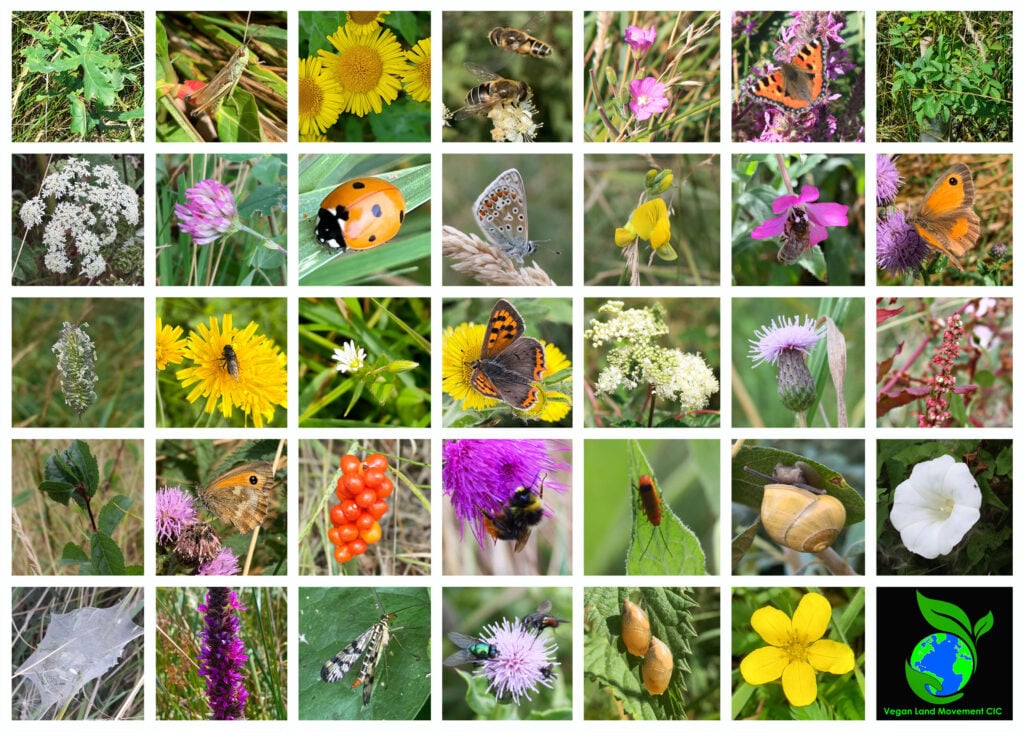
How does the Vegan Land Movement work?
The idea behind the movement is that “the hundreds and thousands of vegans out there and on social media become part of it.” It has a sister initiative called the Global Vegan Crowd Funder, which raises the money to buy out the land.
“Vegans en masse each donate a little and this can be just the price of a coffee, if we all get on board,” says Bates. “We then out-bid the animal farmers at auction and remove land from animal agriculture, forever. Nobody loses their shirt, we save the land, we save species, we end the exploitation of farmed animals, we save the planet, and we create a vegan world acre by acre. It really is that simple.
“This is the power of community when we all work together.”
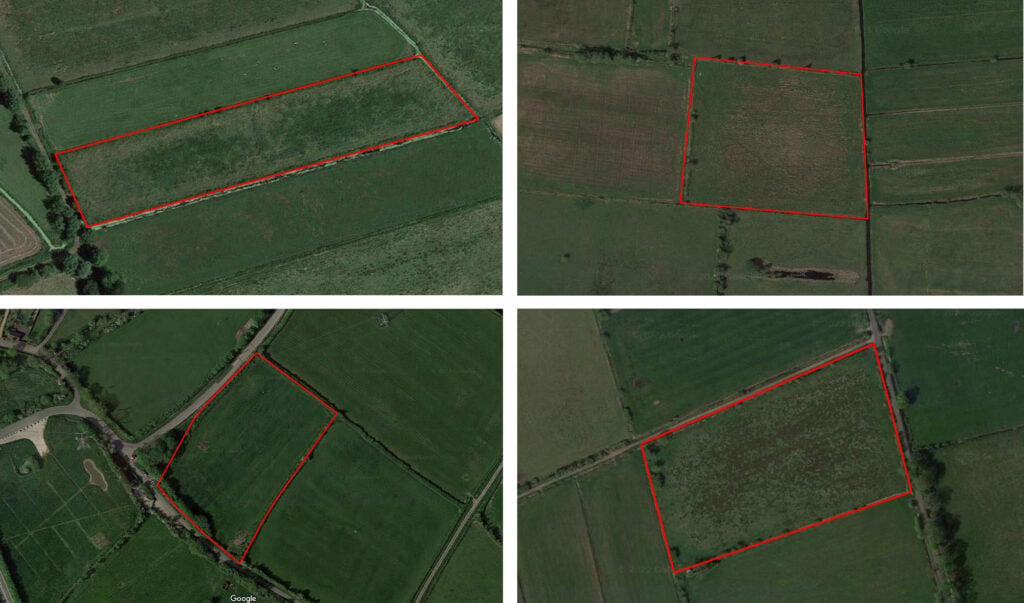
Response to the movement
Predictably, the movement hasn’t come without controversy. Despite its huge ecological and ethical costs, farming tends to be viewed through rose tinted glasses in the UK, particularly by the mainstream media.
After national broadsheet The Times published a feature on the movement, it was approached by right wing talk show Talk TV. According to Bates, they decided not to accept given how badly guests with opposing views tend to be treated. The show went ahead with the segment anyway, featuring a farmer who claimed that cows were “carbon neutral” (a wildly unscientific assertion).
“They sadly did not mention the aims of the VLM to increase biodiversity and help critically endangered species, or that we have planted around 1000 trees in total,” VLM’s Sara Eloquin tells PBN. “Or that every piece of land we have taken out of the animal agriculture system is a future haven for wildlife and a place where fellow animals will never again be cruelly exploited, but that is not really surprising.”
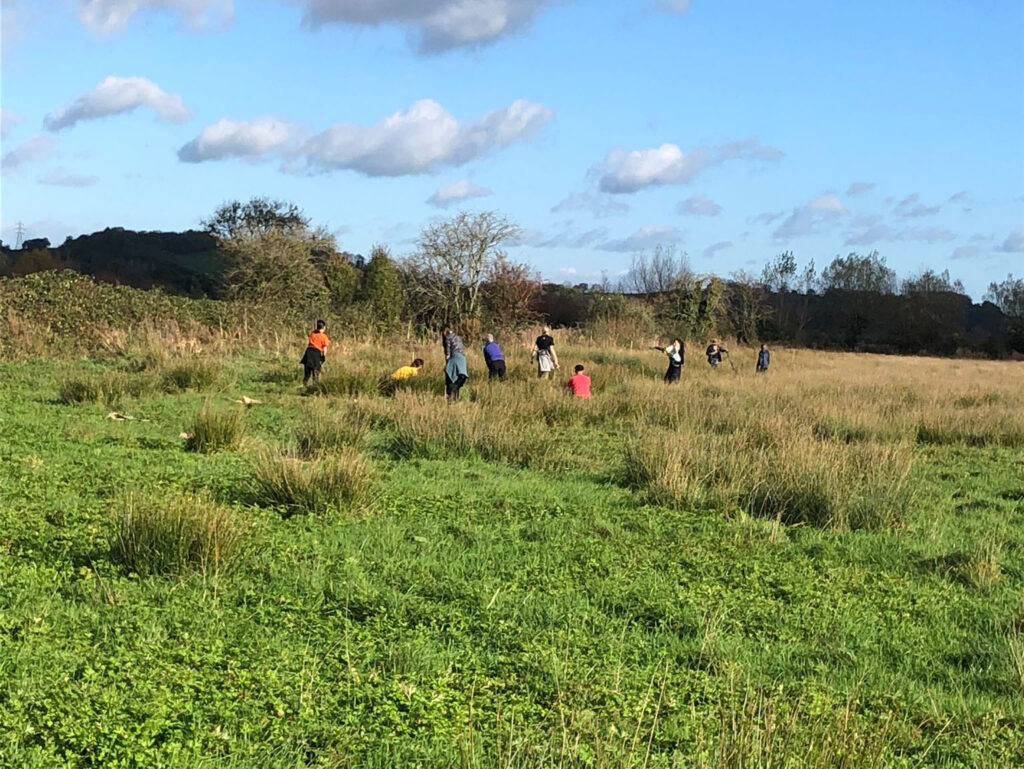
After the segment, the movement was “flooded” with emails. While many were words of support and donations, they did also receive some backlash.
“The response from the public has been mostly positive, although of course there will always be the inevitable negativity and trolling,” says Bates.
She added that people from all over the world have been reaching out, and that many local vegans and organizations had offered to help with the rewilding efforts.
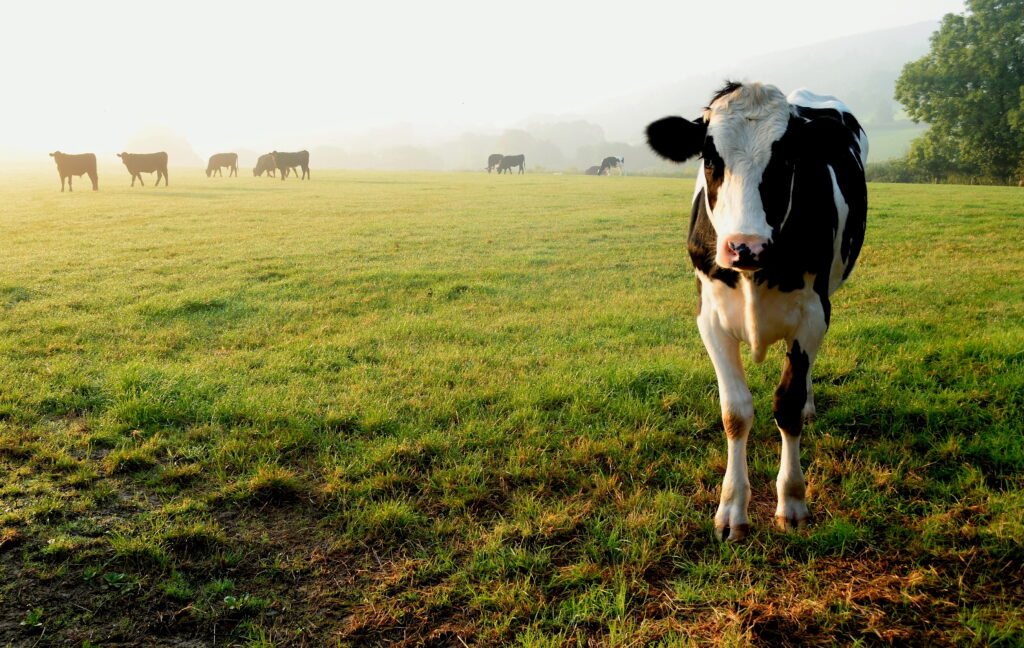
Response from farmers
Farming magazines have published a number of articles on the movement. It was even covered by a German agricultural publication, which claimed that British farmers were angry with the group.
According to Bates, however, this isn’t necessarily the truth. “Farmers are not overly critical, just wary of us,” she says.
Perhaps surprisingly, some of the interactions they’ve had with farmers have been positive, rather than negative.
“We did have a slightly rocky start with one of the farmers whose land is next to one of the VLM plots. But we got soon chatting to her and after a while she started to share stories about the loss of wildlife she has seen over the years (she is an elderly farmer) and how much this saddens her.
“When we told her what we were doing with the parcel of land next to hers, she was happy and appreciates the work we are doing to counteract biodiversity loss by creating habitat for species. She even asked if she should plant trees on some of her land too. So, we are hopeful that she will and that more wildlife will be attracted there too.”
The future of the movement
As of May 2024, the group is raising money to buy a piece of dairy grazing land in Somerset, which is more than 11 acres. You can donate here.
The group is hoping to get more people involved, and to therefore buy up more land more frequently. In the longterm, they want to expand the movement into more countries and continue the rewilding efforts worldwide. “What could we do if there were 5000 or 50,000 of us?” says Bates. “We could create a different system very quickly.”
Visit the Vegan Land Movement website to get involved.
This article was updated on May 20, 2024, to add in information on the dairy grazing buyout.
